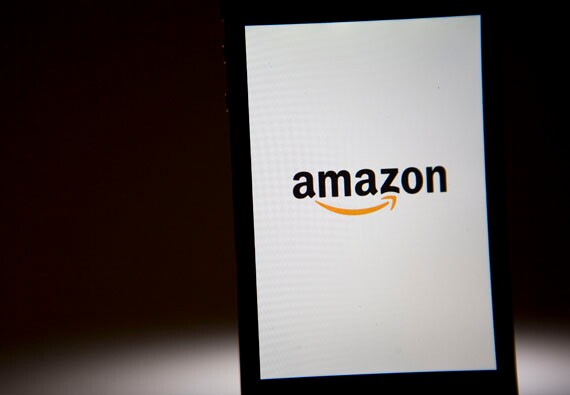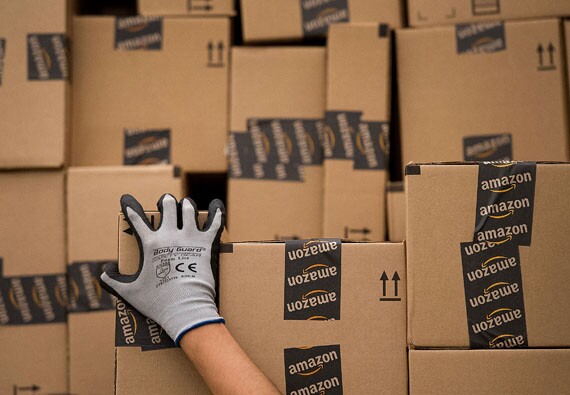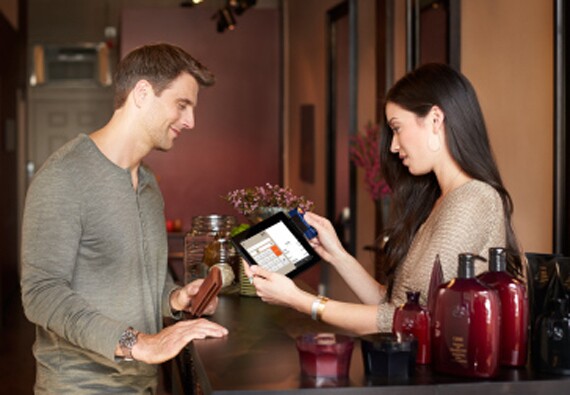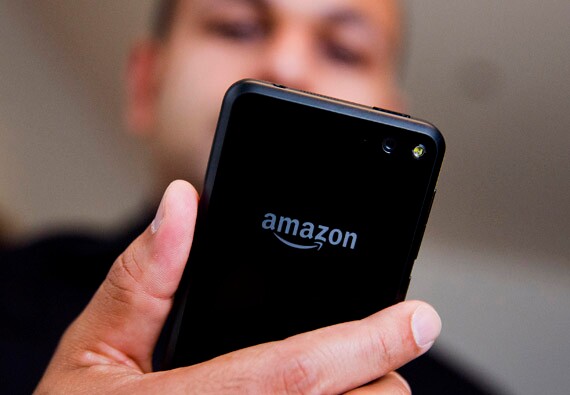

1-Click Payments

Machine Learning

Hosting Other Sellers

Firefly

Dash Button

Amazon Local Register

Amazon Echo










During cybersecurity awareness month (October), financial institutions have ramped up education on phishing, fraud and cyber hygiene. Here's what they're saying.
PNC CEO Bill Demchak said Wednesday that regulatory processes and enforcement actions take up half of the time that the company's board spends together. Those rules are on deck for a makeover.
Amid a surge in bank mergers, Citizens CEO Bruce Van Saun said the Providence, Rhode Island-based bank is largely focused on organic growth. "It would have to be a pretty high bar for us to go down that path," he said.
New research from American Banker finds that financial institutions are asking about ROI, infrastructure costs and compliance burdens.
America's second-largest bank revised its net interest income target upward after what analysts called a "clean" third quarter.
Mastercard has added an "agentic cloud" to speed deployment, while Visa has issued a protocol to help AI agents communicate. That and more in American Banker's global payments and fintech roundup.